jewish burial customs headstone
Usually men are asked to wear a skullcap and women a head covering. Specific Jewish prayers are spoken during the funeral burial and.
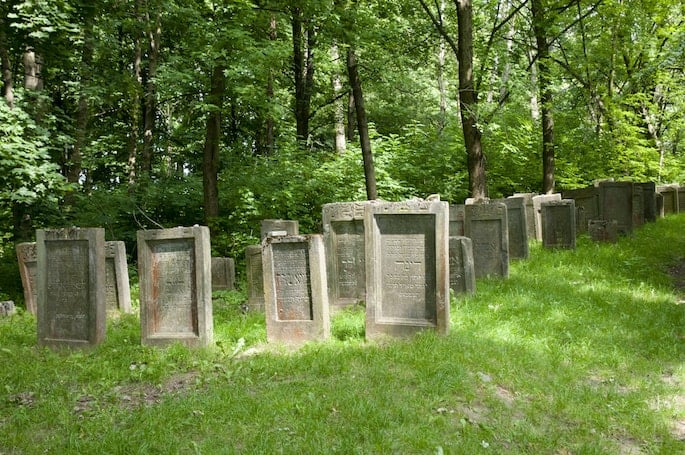
The Grave In Judaism Death Mourning
Hasidic circles usually erect monuments immediately following 7 days from passing Shiva or 30 days from passing Shloshim.
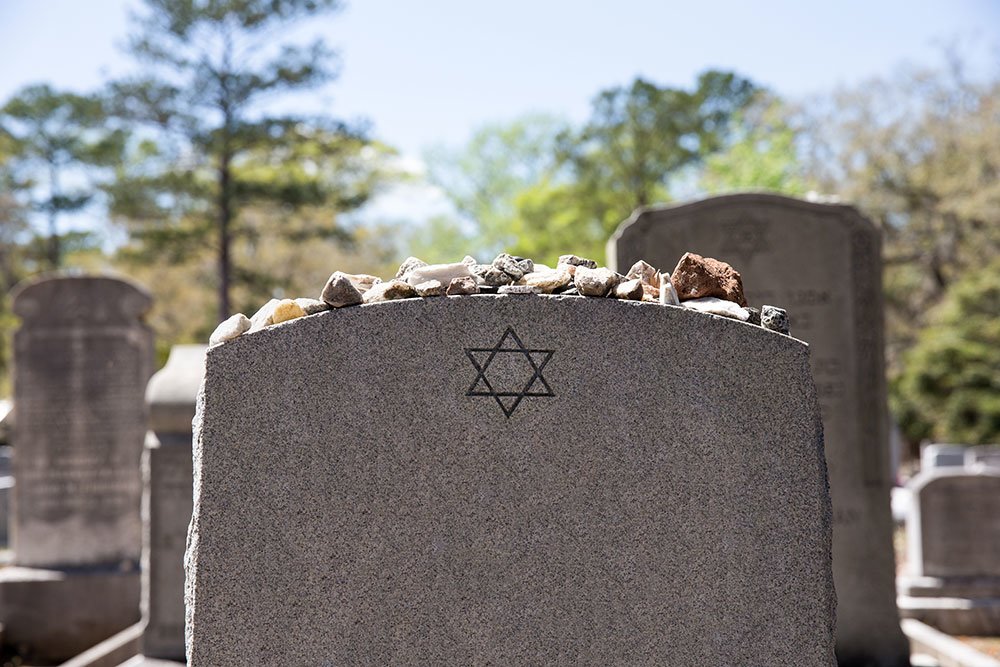
. Jewish tradition makes no stipulation as to the size or type of marker or monument but most cemeteries have specific guidelines. Many erect the tombstone on the day after Shiva which is eight days from burial. This urgency is the byproduct of the complex and hyper-specific nature of Jewish mourning customs.
It is a tradition to place rocks on Jewish headstones. Whether youre going to attend a Jewish funeral or just curious about the topic this guide will give you all the important traditions. There are many customs for visiting a Jewish grave including the unveiling of the headstone to mark the gravesite.
The family of the deceased hold a ceremony to unveil the headstone to close family and friends. A tombstone serves to identify the grave so that relatives will find it when they visit honor the memory of the deceased and identify a place of burial so that kohanim descendants of ancient Jewish priests will avoid it as required by Jewish law. Why is it customary to place a stone on a grave at the end of the burial service or at after visiting a grave.
Jewish traditions provide us with specific ways to help us return to society and normal life after the loss of a loved one. The Matzeivah or Tzion - Tombstone. While placing a rock on a tombstone is an old Jewish custom placing flowers at a gravesite is not.
Regardless of which style of headstone is used you may see rocks on top of it. The Bible relates the story of God commanding Joshua to create a memorial in Jordan comprising 12 stones that would represent the children of Israel for ever. Traditionally Jewish funerals occur almost immediately after a loved ones passing.
In life people may enjoy the beauty of their physical surroundings but when they die all of their material possessions and beauty are meaningless and left behind. The range of Jewish customs on this point is very broad now and in some Jewish communities especially in North America there are no. We understand the unique customs of the different denominations within Judaism and will carefully guide you through the process.
We discuss the funeral process and answer some of the most common questions about a Jewish funeral. Ad Memorialize Your Loved One Forever With Our Custom Headstones. Most common Jewish custom is to erect a monument anytime before the 1st anniversary of passing Yahrzeit.
Placing pebbles and rocks on Jewish graves might have prevented evil spirits and demons from entering burial sites and taking possession of human souls according to superstition. The headstone or footstone may be erected at the end of shiva or up to twelve months after death. Black or dark colors are appropriate as are respectful clothes such as suits dresses or business attire.
Later we talk about customs on burial mourning prayers and provide some recommendations on funeral. Meanwhile the Ashkenazi Jews traditionally erect a vertical slab gravestone with a top that is rounded or pointed. However it took place immediately after the death during the burial ceremony.
You may notice that immediate family members wear a black button-looking pin with a ribbon hanging from it. It is not formally required as Jewish custom to hold an unveiling and dedication of the Matzava although it is common practice to do so. Jewish funeral etiquette varies.
However it has become an American Jewish tradition to have a formal unveiling ceremony at which time family and friends visit the grave and view the newly erected headstone. While Jewish customs do require a marked headstone they do not require an unveiling. The Jewish burial ceremony has many customs one of which includes the placement of earth on top of the casket after it is lowered into the grave.
Setting a tombstone at the gravesite has been a custom among Jews since Biblical times and is a fitting way to honor the deceased. The tombstone is usually placed at the head of the grave and the plot outlined with a low lying frame. Where a grave is opened or disturbed by the elements desecration or other causes customs impose the immediate re-burial of the remains.
Learn more about when an unveiling takes place who attends an unveiling and who officiates the proceedings. Upon the conclusion of the burial service the mourners and attendees at the cemetery help to place earth dirt into the grave on top of and around the casket either with the front of back side of a. Many families do however choose to hold an unveiling because of the sentimental value.
At Guttermans with funeral chapels in New York and Florida we have provided comprehensive funeral and burial services to members of the Jewish faith for five generations. Normally the earth over a Jews grave should not be disturbed and disinterment is forbidden. Call us now at 716636-4174.
Jewish law and tradition require no special ritual for the unveiling. It is a time referred to as - sitting shiva and its primary purpose is to provide a time for spiritual and emotional healing where mourners join together. Jewish tradition calls for the marking of a grave or burial plot with a headstone or grave marker known in Hebrew as a Matzava.
After checking dozens of books we have learned that there are three Jewish burial customs related to dirt grass and stones at the end of the burial service or after visiting a graveWe shall present them in. Question from Marty Cohn Florida. Recently American Jews in particular adopted the custom of unveiling the tombstone within a year of the death.
As one of Buffalo and Western New Yorks only Jewish Funeral Homes we take great pride in offering funeral services monuments out of town funeral arrangements and memorial service while preserving Jewish funeral traditions. The time for installing a Jewish tombstone is dependent on Jewish customs. In the past it was customary for Jewish headstones to include a ceremony when they were placed at the burial site.
Most Jewish headstones in the Sephardi tradition are horizontal rectangular slabs. In this post well outline the most prominent aspects of burial according to the Jewish faith. Covering the casket with Earth dirt.

A Jewish Headstone Unveiling Ceremony A Good Goodbye

Prices For Bevel Marker Monuments For Jewish Memorials

Jewish Burial Customs Welcome To Willowbrook Cemetery Located In
Why Do Jews Place Stones On Graves Houston Jewish Headstones

Leaving Stones When Visiting A Grave Jewish Cemetery Burial And Mourning Customs From Jcam

Jewish Unveiling What To Expect Death Mourning

Pin On Classically Styled Upright Monument Designs
Placing Pebbles On Gravestones A Jewish Tradition Explained Fsn Funeral Homes
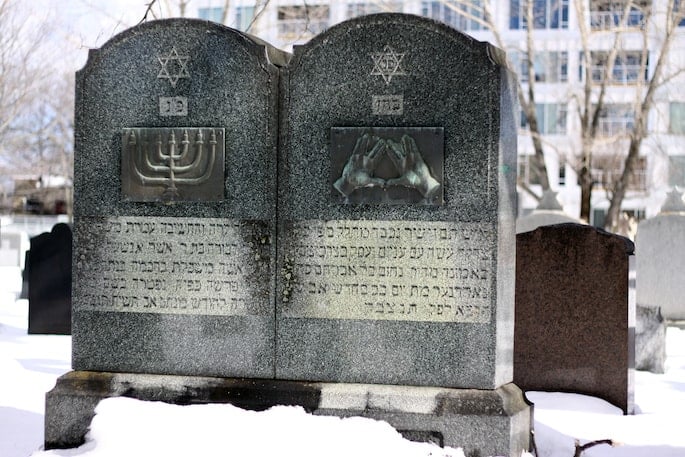
Cemetery Grave And Tombstone In Judaism Death Mourning
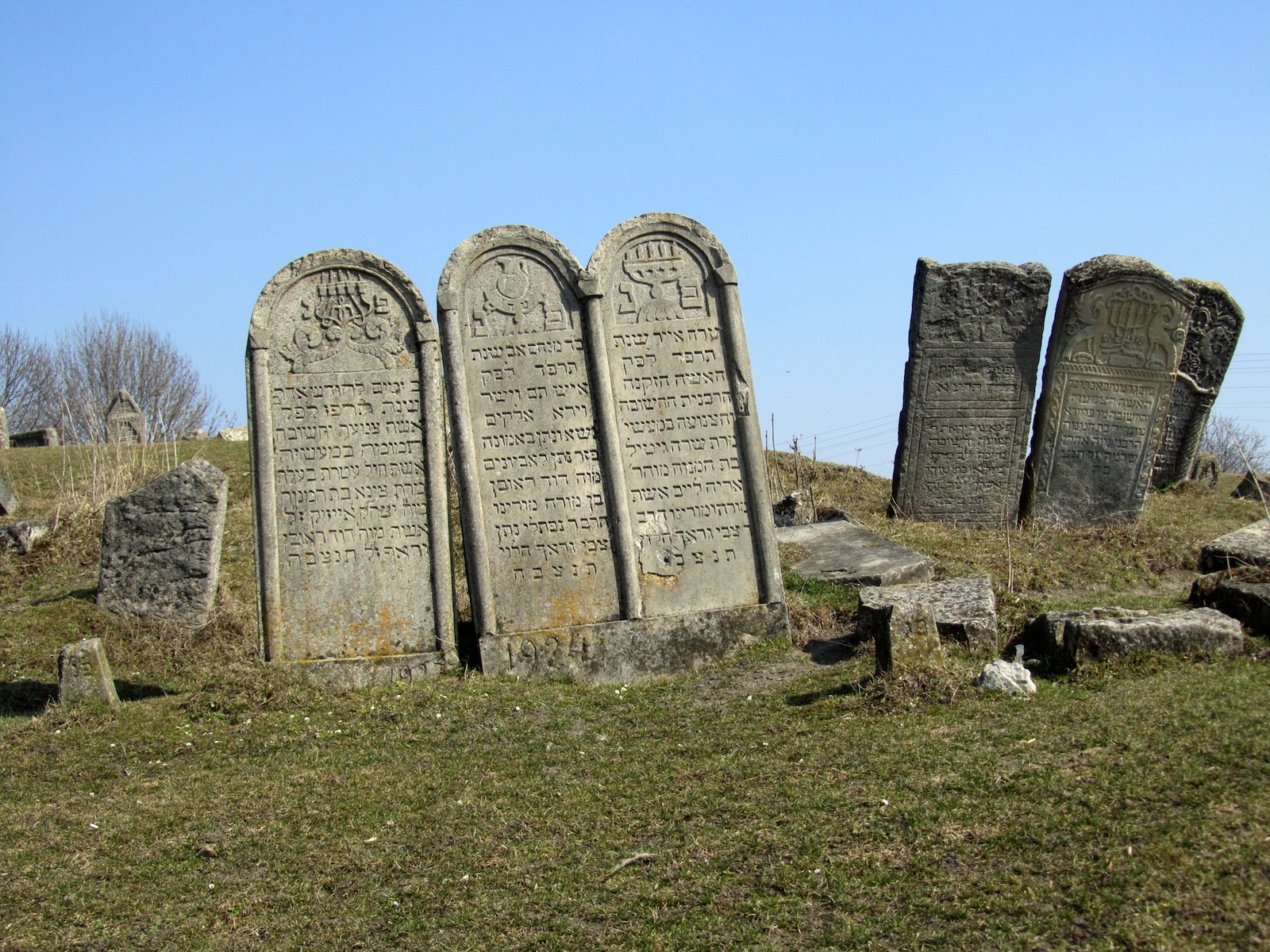
Jewish Traditions For Death Burial And Mourning Rohatyn Jewish Heritage

Monument Unveiling Jewish Cemetery Burial And Mourning Customs From Jcam

Northeast S Lone Hebrew Cemetery Rich In History The Kingston Whig Standard
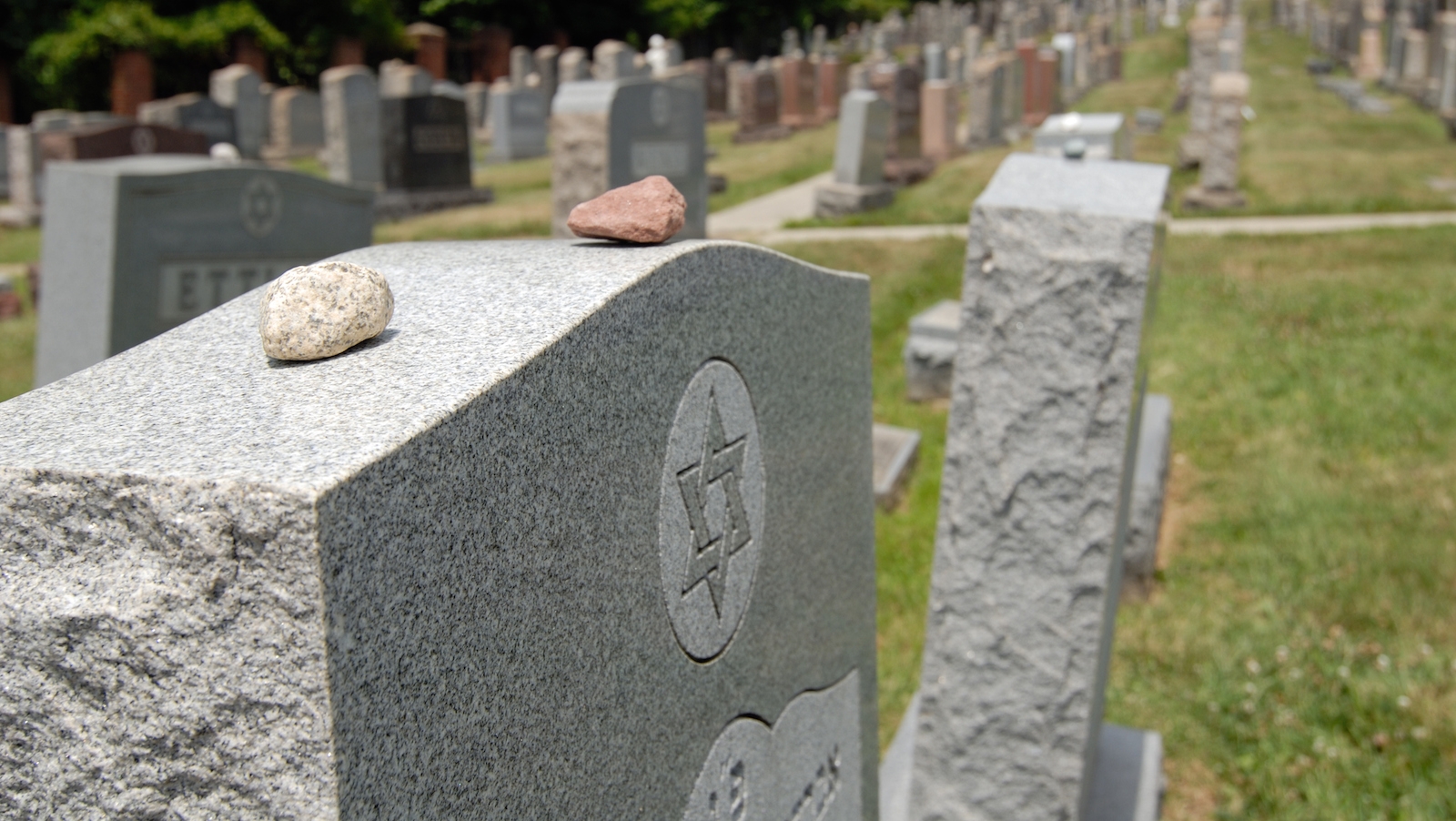
Why Do Jews Put Stones On Graves My Jewish Learning

Jewish Cemetery Symbols Jcam Foundation Education Topics

Hebrew Memorial Monument Pictures Prices Inscriptions

Headstone Unveiling In Jewish Mourning A Guide Cake Blog

Why Do Jews Put Stones On Graves My Jewish Learning

How To Purchase A Custom Jewish Bevel Granite Grave Marker
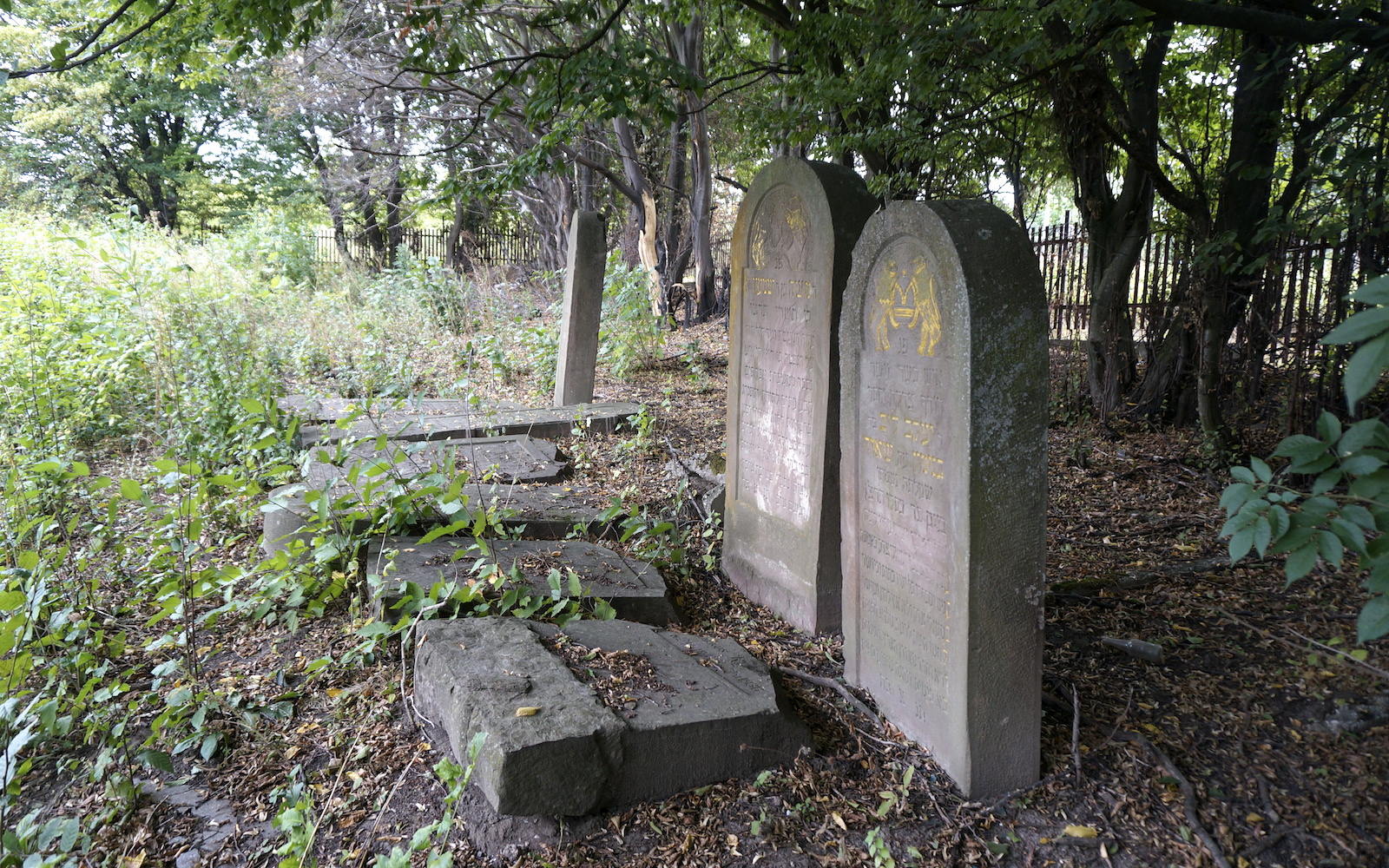
Jewish Traditions For Death Burial And Mourning Rohatyn Jewish Heritage